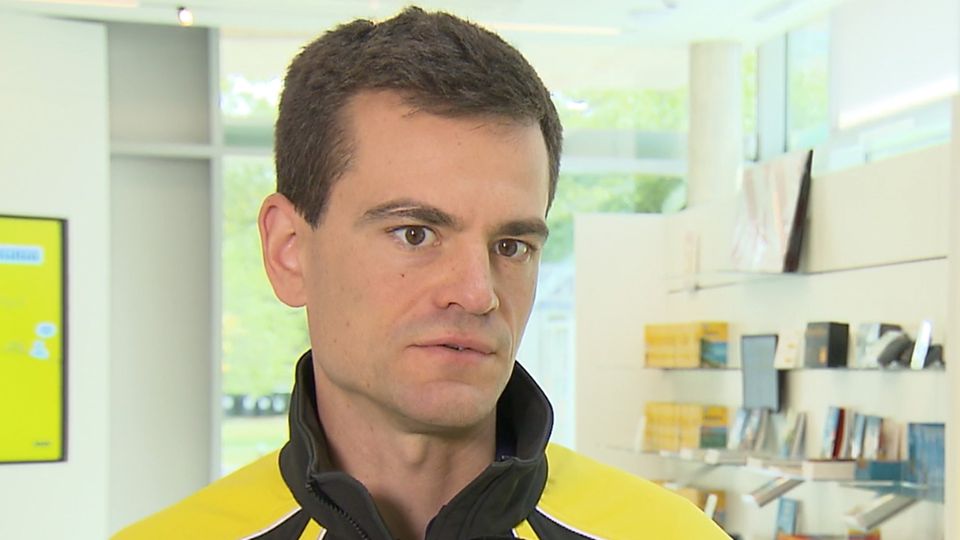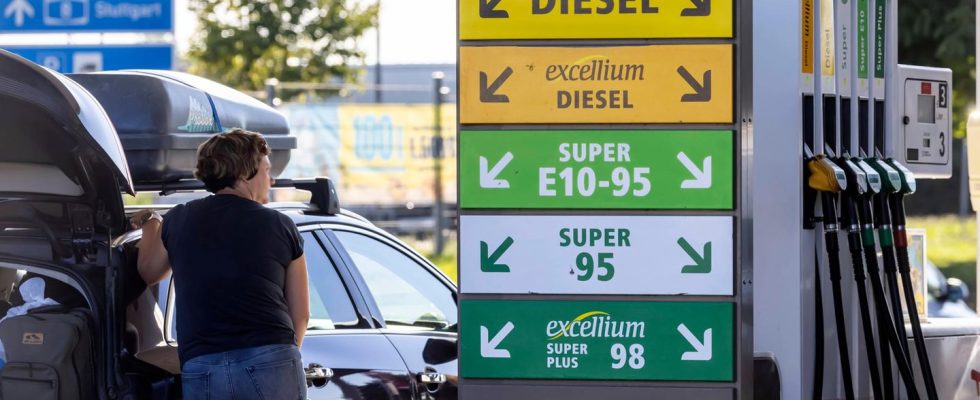Current investigation
TÜV: Every fifth gas station in Germany has “significant defects” – what the operators say about it
According to the TÜV, hundreds of gas stations in Germany have “significant defects” (symbolic image)
© imagebroker / Imago Images
Gas stations must adhere to strict regulations to avoid potential dangers. According to the TÜV, one in five gas stations in Germany still has “significant defects”. What the operators saying.
Inspections of 3,530 gas stations in Germany last year showed that 21.1 percent of them had “significant defects” – according to the current “Plant Safety Report 2023” from TÜV. According to the Technical Inspection Association, there could be a danger until the next test – “for example due to a rusting tank or old electrical cables from safety devices that need to be replaced”. In 31.6 percent of the cases, the inspectors from the approved inspection bodies, including TÜV, Dekra and the Society for Technical Monitoring, demonstrated “minor defects” such as missing device markings or documentation. However, almost half of the gas stations had no defects.
However, during recurring inspections last year there was a small decrease in the number of gas stations with “significant defects”: from 20.1 percent to 21.4 percent in 2021 and 21.1 percent in 2020. The value was the same in 2018 still at 17.6 percent.
Gas station operators speak of a small number of defects
Upon request of the star The major gas station operators in Germany said that the gas stations in question were unlikely to be affected by defects. Press spokesman Oliver Dupke for the Jet brand announced: “Last year, during the legally required inspections of Jet filling stations, ‘significant deficiencies’ were found in less than seven percent of cases (four filling stations). These deficiencies were of various natures, but none of them were of this type Deficiencies pose an acute danger.” The quick elimination of such technical defects is also one of the standards of the operator, which runs over 800 gas stations in Germany.
A spokesman for the Esso brand, which operates around 950 gas stations nationwide, admitted: “With this number of stations, defects cannot generally be ruled out for us either. However, to the extent that defects do occur, they do not differ from those of other market participants.” Press spokesman Daniel Kaddik from the Federal Association of Independent Gas Stations (bft) explained the reasons for the defects as follows: “After consultation with the members, bureaucratic hurdles or a lack of awards often lead to the defects in question.”
Alexander von Gersdorff, press spokesman for the Fuels and Energy trade association en2x, which includes the gas station operators Aral, Shell, TotalEnergies, Esso, Jet and Orlen/Star, said: “The major brand providers regularly carry out their own testing processes in order to identify possible grievances at an early stage identify and correct them. We therefore assume that the branded gas stations are affected by defects to a lesser extent than average.”
According to TÜV experts, gas stations are generally well protected
Gas stations store large quantities of fuel and therefore have to comply with strict regulations. For example, it is stipulated that fuel nozzles have a switch-off function to prevent the vehicle tank from overflowing. Gas return systems are also mandatory to avoid inhaling the gases when refueling. In addition, gasoline, diesel, gas or even hydrogen must be adequately protected.
Hermann Dinkler, an expert in fire and explosion protection at the TÜV Association, explains in a press release: “For gas stations with gasoline and diesel, the most likely danger comes from speeding cars that could crash uncontrollably into the gas pumps of a gas station.” In Germany, over 99 percent of gasoline and diesel tanks are installed underground. There is not enough oxygen here for a fire or explosion. If a vehicle hits a gas pump, the connection to the underground tank is automatically interrupted. This could cause small amounts of gasoline or diesel to ignite in the gas pump or at the gas station.
Gas tanks, on the other hand, are installed above ground. But even in this case, there is only a risk of fire or explosion if escaping gas comes into contact with an ignition spark, says Dinkler. Steel bars or concrete bollards serve to protect against a collision between an approaching vehicle and a gas pump. Last year’s inspections at gas filling stations revealed “significant deficiencies” in 12.6 percent of cases. 0.1 percent even had “dangerous defects”. Another 29.6 percent were rated as having “minor defects.”
With around 100 hydrogen filling stations nationwide, it should be noted that hydrogen is stored under high pressure and is explosive. Therefore, the fuel at the filling stations must be protected accordingly. There must be no leaks in the tank or pipes. A hydrogen tank must be inspected for an explosion risk every three and six years. For pressure systems, inspections are required every two, five and ten years. In addition, gas station operators must check hoses and connections for leaks every year. However, Dinkler gives the all-clear: “The technology for dealing with hydrogen is tried and tested in the industry. That’s why there is hardly any danger at hydrogen filling stations.”

Gas stations are checked regularly
In principle, gas stations do not appear to pose any acute danger. According to Dinkler, an explosion is also “highly unlikely”. Especially since gas stations have to be checked regularly by an approved monitoring body. An overall inspection must be carried out every six years, but individual systems are inspected more frequently. Gas pumps, for example, are checked every three years. If a defect is discovered, operators must correct it immediately, at the latest within one year.
Sources: TÜV association, Technical observation


